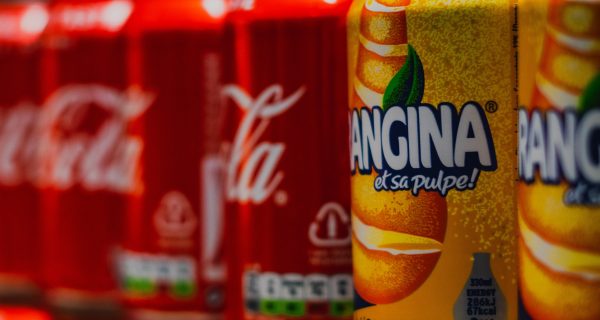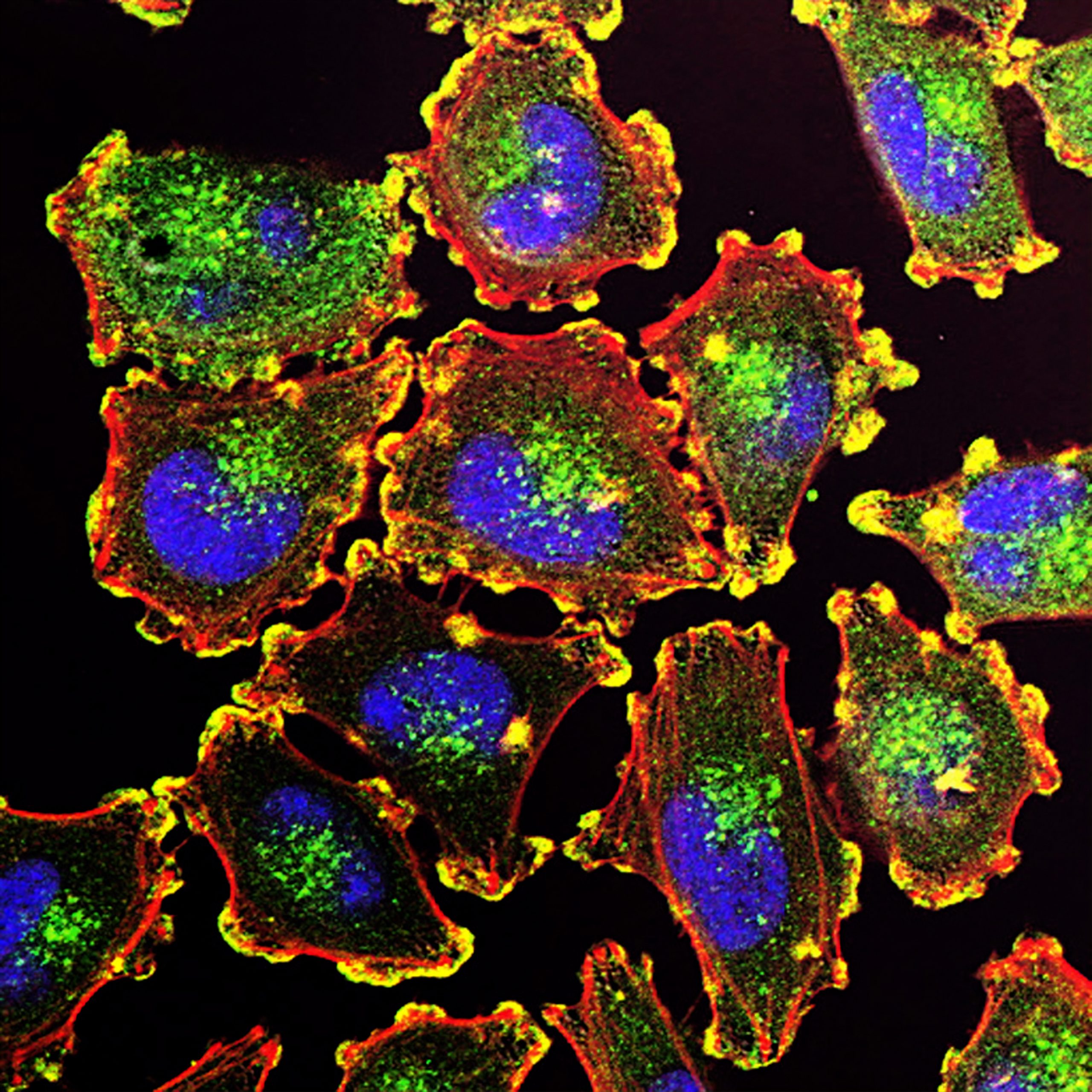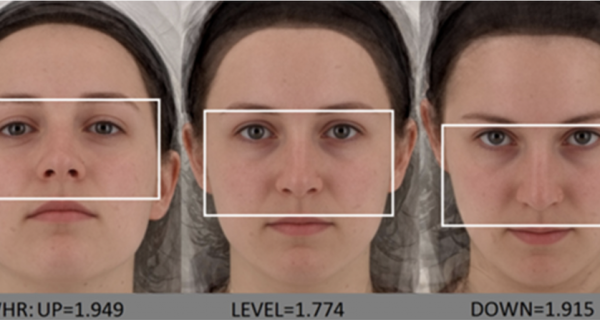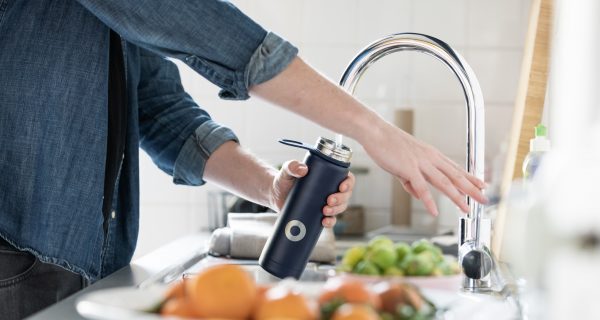Study shows implementing a water-intake program at work may improve the physical and mental health of employees
Promoting water consumption in workplaces until it becomes a habit may benefit both employees and employers
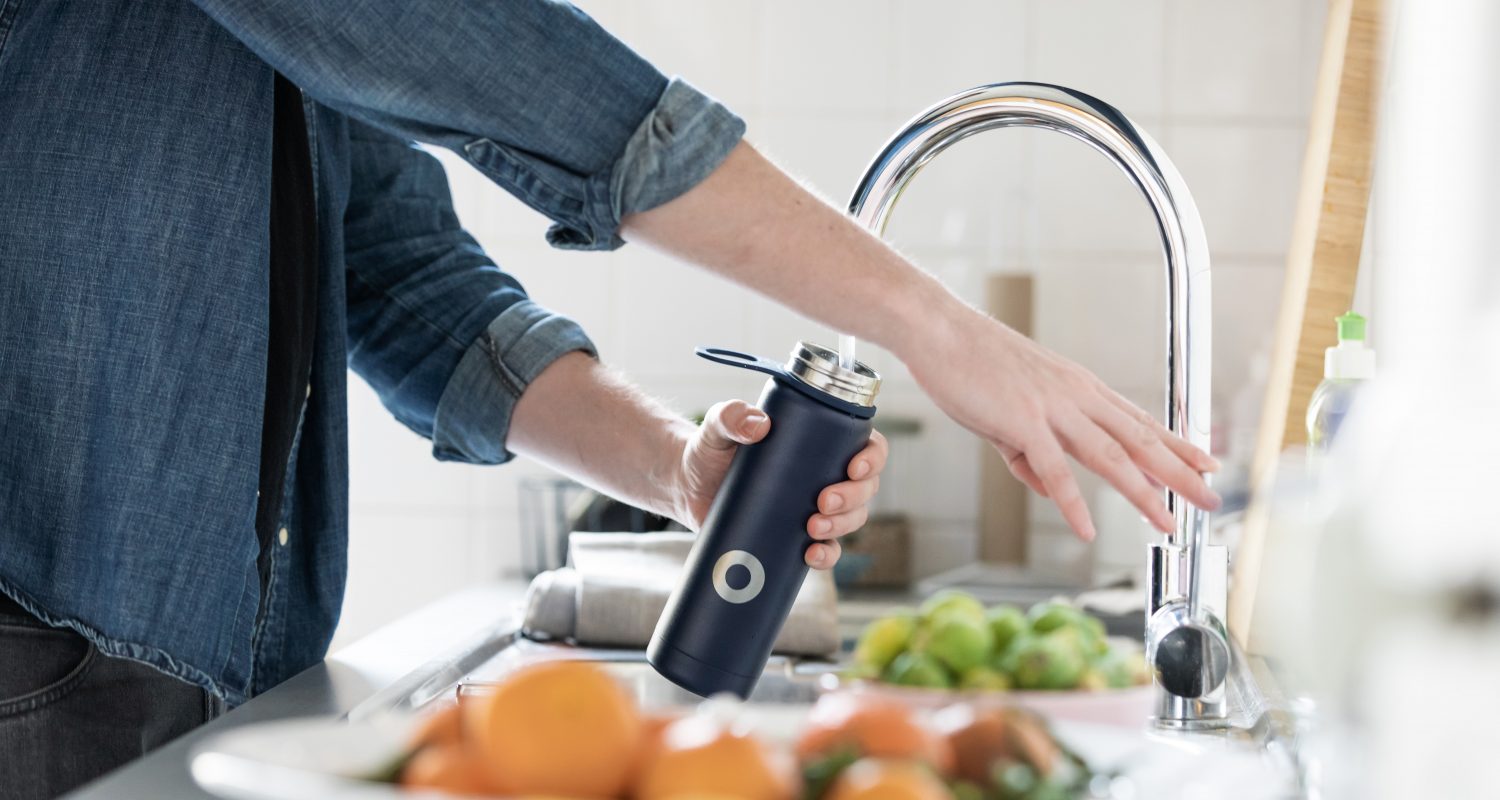
As the work-life balance drastically changed during the pandemic, so has health promotion in the workplace emerged as a popular strategy for health, retention, and productivity benefits. Workplace health promotion programs aim to improve lifestyle and thus boost personal health and work efficiency. By promoting physical and mental health, such as reducing stress, depression, and anxiety, and increasing physical activity, workplace health promotion programs also increase workplace productivity and decrease the number of days of sick leave taken by employees.
Using a smartphone-based application (App) as the supporting material for reminding employees at the workplace to drink water, the authors of this study, published in The Journal of Health Care Organization, Provision, and Financing, aimed to provide an overview of the effectiveness of health promotion interventions at the workplace on physical and mental health outcomes related to physical fitness and self-satisfaction.
There are six general categories of nutrients essential for maintaining normal functions of the human body: carbohydrates, lipids, proteins, vitamins, minerals, and water. Although water doesn’t provide energy, it plays a variety of key physiological roles. It is essential for metabolism, cellular homeostasis, cell-membrane integrity and transportation, temperature regulation, and cardiovascular functions (Armstrong & Johnson, 2018). In humans, water is always in a dynamic equilibrium, and insufficient fluid intake will influence the hydration status of a body and may interfere with cognition and state of consciousness (Price & Burls, 2015). Small changes in knowledge, attitudes and expected performance can result in significant changes in motivations and behaviors.
Employees, both at work and at home, are mostly sedentary during work. In addition to insufficient physical activity, their water intake is also below the recommended level, resulting in many adverse effects due to water deficiency, ranging from fatigue, poor metabolism, dry and cracked lips, and dry eyes, to joint pain, asthma and allergy, and even cardiovascular disease. Therefore, how to increase water intake in employees is an important issue.
The study used the 86 workplaces registered in the 2021 Taipei Health Workplace Assessment as the target base. 2 workplaces were selected based on the result of the sampling questionnaire survey showing that the employees of these two were taking the least amount of water. Next, depth interviews were conducted with the supervisors, site health management nurses, and relevant personnel of the two companies, in which the topics covering employees’ diet, water intake, and exercise habits, were used to collect information about employees’ healthy lifestyle habits. The result showed that employees commonly had problems with an imbalanced diet, insufficient water intake below the recommended amount, and insufficient exercise.
The water-intake wellness program was implemented over the course of 8 weeks, where participants were provided with a smart drinking cup that could set a reminder for drinking water, and transmit the amount of water intake needed as well as drinking time through a smartphone app.
The study proved that mobile device-delivered reminders regarding water intake and health education together had positive effects on the amount of water consumption in intensive-labor and static-type workplaces, reducing sedentary time, and water intake interval. Furthermore, the systolic and diastolic blood pressure decreased in the participants working at the static-type and intensive-labor workplaces after the intervention, respectively. Finally, the participants’ lower limb muscle performance also improved significantly.














